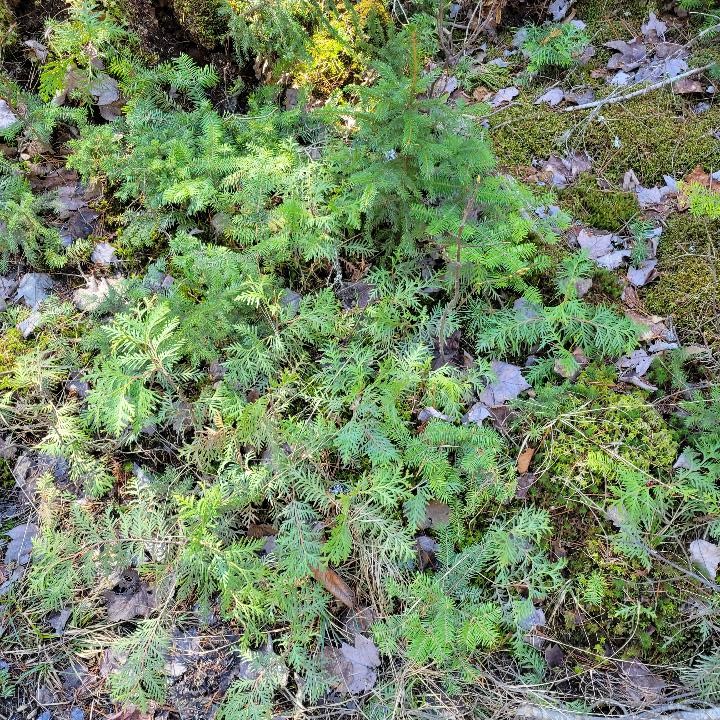

The Forest Vegetation Simulator (FVS) is a widely used forest growth and yield model that can do carbon accounting and help managers assess different forest management options. One of the drawbacks with FVS is that for many of its eastern variants, regeneration or “ingrowth trees” are not incorporated into default model runs. This lack of a regeneration model hinders the evaluation of forest growth in many regions like the eastern US that rely on natural regeneration to form future forests.
Another drawback to not incorporating regeneration is when long time spans are being modeled. For example, many carbon projects evaluate carbon storage over time spans of 40 years or more. If not incorporating regeneration into these projects, an underestimate of forest carbon throughout the duration of the project could result.
Calibrating the regeneration model within FVS can help tremendously in predicting the structure and composition of future forests. Fortunately, FVS has several ways to add regeneration (either natural or planted) to model runs, termed a “partial” establishment model. Many FVS variants also allow certain species to “sprout”, each with a different probability according to species or tree size. The sprouting feature in FVS can also be turned off.
Reliable data should be used if a user wants to understand the amount of trees that regenerate on a regular basis and how these relate to stand conditions. These data often come from permanent sample plots, data which are extremely valuable for understanding regeneration patterns.
This post describes the magnitude and differences when using non-calibrated “out-of-the-box” FVS predictions with versions that incorporate regeneration in an attempt to produce a calibrated model.
Western Maine FIA data
Data were compiled from the Forest Inventory and Analysis (FIA) database from two counties in western Maine (Franklin and Oxford counties). The data used here are the same as presented in these posts on growth calibration and mortality calibration,
Forest types are generally maple-beech-birch or spruce-fir dominated. I used the Northeast variant of FVS to simulate the most recent inventory data and ran a simulation for 100 years. A total of 294 FIA plots were run.
Adding FVS regeneration
Adding regeneration in FVS can be done with the NATURAL or PLANT keywords. For this example, I added “background” regeneration to the model runs at every FVS cycle (i.e., every 10 years in the Northeast variant). The following species and numbers of seedlings were added every 10 years, informed by Forest Inventory and Analysis data:
- Balsam fir, 75 seedlings per acre,
- Red spruce, 25 seedlings per acre,
- Red maple, 25 seedlings per acre,
- Yellow birch, 25 seedlings per acre
I ran two simulations in total: one as an FVS “out-of-the-box” with no regeneration added (and sprouting turned off) and the other with the above seedlings added. I selected the Carbon and fuels output to look at trends in forest carbon through time.
Adding regeneration to the FVS model resulted in greater aboveground carbon stocks throughout the 100 year simulation for these plots in western Maine. After 100 years, the simulation that included regeneration resulted in carbon stocks that were on average 6.5 tonnes CO2-eq greater than out-of-the-box predictions.
Here are the average carbon stocks throughout the simulation, with 95% confidence limits to show the variability:
As you would expect, if you add regeneration, you increase the number of smaller-diameter trees in the model. The following graph shows these trends throughout the simulation. In particular, note the greater amount of smaller-diameter trees (i.e., less than 8-inches) in the scenario that adds regeneration compared to the out-of-the-box scenario:

As this post shows, adding even a few seedlings as regeneration can leading to greater carbon storage over long time periods. Adding natural regeneration to model output should be considered when doing long-term projections in forests where regeneration fis common.
–
By Matt Russell. Email Matt with any questions or comments.